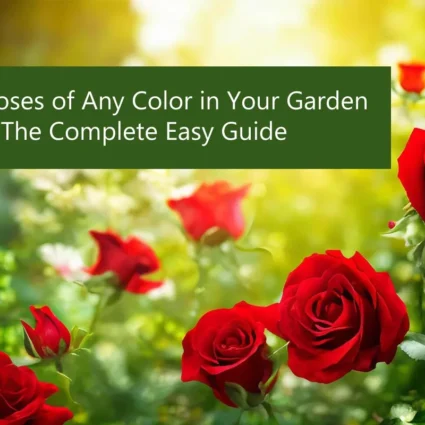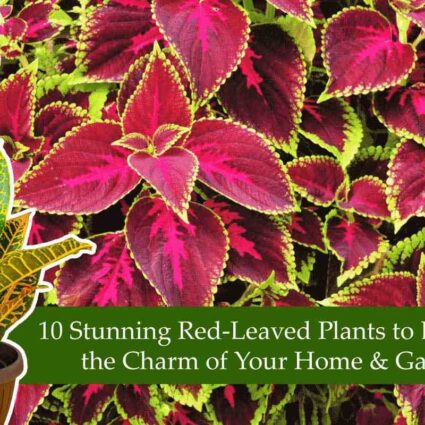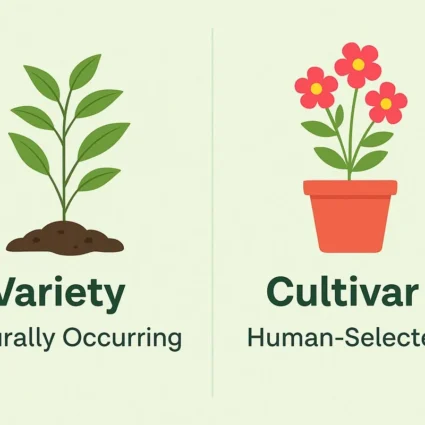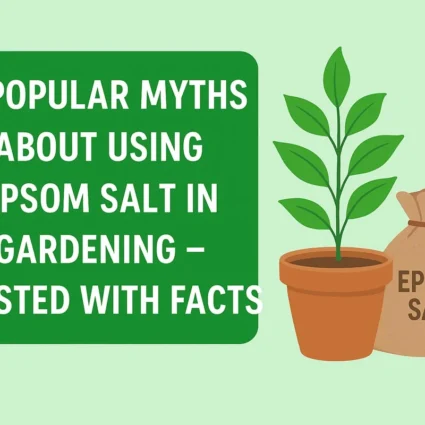
10 Effective Methods to Create Shade in Your Garden
Creating shade in the garden, especially in hot climates like Arizona’s low desert, is crucial for protecting sun-sensitive plants from scorching temperatures. While full-sun directions from other regions may not directly apply, there are numerous creative methods to provide the necessary shade. Let’s explore a few effective strategies:
Effective Methods to Create Shade in Your Garden
- Shade Cloth
- Arbors and Trellises
- Strategic Planting
- Companion Planting
- Overhead Structures
- Container Gardening
- Mulching
- Vertical Gardening
- Portable Shade Solutions
- Natural Structures
Shade Cloth:
Shade cloth is a versatile and effective solution for providing adjustable shade in the garden. Available in various densities, it can be draped over plants or attached to frames to control the amount of sunlight reaching your garden beds. Choose a shade cloth with the appropriate percentage of shade for your plants’ needs, typically ranging from 30% to 70%.
Arbors and Trellises:
Installing arbors or trellises can serve a dual purpose of providing shade and support for climbing plants. Planting vining vegetables like cucumbers, beans, or peas around these structures allows them to climb and create natural shade for the underlying soil and other sun-sensitive plants.
Also Read This :Beat the Heat: Essential Gardening Tips for Thriving Plants in Summer
Strategic Planting:
Utilize taller plants with broad leaves to create natural shade for smaller, sun-sensitive plants. Planting taller crops like corn, sunflowers, or even tall varieties of tomatoes on the south or west side of your garden beds can cast shadows and provide relief from the intense midday sun.
Companion Planting:
Implement companion planting techniques by intermixing taller, shade-producing plants with those that require protection from the sun. For example, planting leafy greens like lettuce or spinach beneath taller crops can shield them from direct sunlight during the hottest parts of the day.
Also Read This :How to Harness the Power of Cow Dung for Plant Growth: Benefits and Usage Tips
Overhead Structures:
Constructing permanent or temporary overhead structures such as pergolas, shade sails, or umbrellas can provide shade for specific areas of the garden. These structures not only offer relief from the sun but also add aesthetic appeal to the outdoor space.
Container Gardening:
Opt for container gardening for sun-sensitive plants, allowing you to easily move them to shadier spots as needed throughout the day. Containers offer flexibility in positioning and can be placed strategically under existing shade structures or in areas with partial sunlight.
Also Read This :10 Feng Shui Plants for Happiness and Prosperity in Your Home
Mulching:
Apply a layer of organic mulch, such as straw, wood chips, or shredded leaves, around plants to help retain soil moisture and moderate soil temperature. Mulch acts as a natural insulator, preventing excessive heat from reaching the roots of plants while also suppressing weed growth.
Vertical Gardening:
Embrace vertical gardening techniques by growing plants vertically on walls, fences, or specially designed vertical planters. Vertical gardens not only maximize space but also create opportunities for shading lower-growing plants with taller ones.
Also Read This :Revitalize Your Balcony: 7 Tall Plant Wonders for a Fresh New Look
Portable Shade Solutions:
Use portable shade solutions like shade umbrellas, pop-up canopies, or even beach umbrellas to provide temporary relief for plants during the hottest part of the day. These options are ideal for smaller garden areas or for protecting plants during heatwaves.
Natural Structures:
Take advantage of existing natural structures like trees, shrubs, or buildings to create shade in the garden. Positioning garden beds near existing shade-providing structures can help minimize sun exposure and create microclimates conducive to plant growth.
By incorporating these creative methods for creating shade in the garden, you can effectively protect sun-sensitive plants from the harsh conditions of hot climates like Arizona’s low desert. Experiment with different techniques to find the best combination that suits your garden layout and plant preferences, ensuring a thriving and productive garden throughout the growing season.
Also Read This :Elevate Your Balcony Décor with Chic Flower Pots
FAQ: Creating Shade in the Garden
Q: Why is shade important in the garden, especially in hot climates?
A: Shade is essential for protecting sun-sensitive plants from scorching temperatures, preventing wilting, sunburn, and heat stress. In hot climates like Arizona’s low desert, providing shade helps maintain optimal growing conditions for a variety of plants.
Q: What are some effective methods for creating shade in the garden?
A: Several methods can be employed, including using shade cloth, installing arbors and trellises, strategic planting of taller crops, companion planting, overhead structures like pergolas or shade sails, container gardening, mulching, vertical gardening, portable shade solutions, and utilizing natural structures such as trees or buildings.
Q: How do I choose the right shade cloth for my garden?
A: Shade cloth comes in various densities, typically ranging from 30% to 70% shade. Choose a shade cloth with the appropriate percentage of shade based on your plants’ needs and the intensity of sunlight in your garden. Experimentation may be necessary to find the optimal shade level for your specific crops.
Q: Can I create shade without building permanent structures?
A: Yes, portable shade solutions like shade umbrellas, pop-up canopies, or beach umbrellas offer temporary relief for plants during the hottest part of the day. Additionally, container gardening allows for flexibility in moving plants to shadier spots as needed.
Q: How can I effectively utilize natural structures for shade?
A: Positioning garden beds near existing trees, shrubs, or buildings can help create natural shade in the garden. Take advantage of these structures to minimize sun exposure and create microclimates conducive to plant growth.
Q: Are there any specific plants that are good for creating natural shade?
A: Taller plants with broad leaves, such as corn, sunflowers, or tall varieties of tomatoes, can effectively create natural shade for smaller, sun-sensitive plants when strategically planted in the garden.
Q: How can I ensure my plants receive enough sunlight while providing shade in the garden?
A: Proper planning and positioning of shade structures, along with strategic planting, can help ensure that plants receive the right balance of sunlight and shade. Monitor sunlight patterns in your garden throughout the day and adjust shade accordingly to meet the needs of your plants.




